A camp-school for archeology students from Portugal and even from the rest of Europe should advance on the hill of Castelo de Alferce, in order to have «a more consistent archaeological intervention over time». For now, in the summer of next year 2021, instead of a month of excavations, as happened this year, there will be two months.
In order to support the study and enhancement of the Archaeological Site of Cerro do Castelo de Alferce, the University of Évora, the Mértola Archaeological Field and the Municipality of Monchique signed a cooperation agreement a few days ago. Basically, it is a matter of putting on paper what was already happening in practice: the collaboration between these entities in the archaeological excavations that have been carried out in that place, namely those that took place this summer.
The Archaeological Site of Cerro do Castelo de Alferce, located about two kilometers from the village, occupies a total of 9,1 hectares on top of a hill at 487 meters above sea level, from where you can see a landscape that extends to Silves and beyond. beyond, to the east, or to the sea, to the south.
Fábio Capela, the archaeologist from the Monchique City Council who has been responsible for the most recent research work at the site, considers that the hill «would not be a mere watchtower of the Castle of Silves, but rather a fortified village».
The occupation began in prehistoric times, between the 3rd and 2nd millennium BC (excavations in 2017 proved that), was interrupted in the Iron Age and Roman times (no traces have been found so far) and resumed in Islamic times, in fact in two successive periods, between the XNUMXth century and the Umayyad period, in the second half of the XNUMXth century.

In addition to scientific research, Cerro do Castelo de Alferce, classified as a Site of Public Interest in 2013, is considered a key element for the revitalization of the village, which was among the most affected by the great fire of 2018 and is mainly inhabited by « a very aged population».
Before the big fire, «this was an example parish, we had done everything to prevent it, namely cleaning around the village. But everything burned, everything, causing a huge heartache in people, who stopped believing in anything. Therefore, whatever is inputs positive, which appeal to the self-esteem of the people of Alferce, is very important», explained the mayor of Monchique, at the restricted meeting where the protocol was signed.
The Chamber's projects, with the support of PADRE – Action Plan for the Development of Endogenous Resources, is the creation of an interpretation center in the village, from which a pedestrian path of about two kilometers will then start to the castle hill and the ruins archaeological, which will be valued. In between, visitors will pass by Barranco do Demo, a place of great beauty and geological importance and full of legends, starting with its name. To access it, there will be a walkway and a suspension bridge over the ravine.
In addition, Rui André, Mayor, revealed that the Municipality has already started the process that should lead to the purchase of private land located on top of the castle hill, in the most important area of the archaeological site. “The building has already been evaluated and its owner is interested in selling it. Now it's a matter of reaching an agreement».
Claudio Torres, the father from Mértola's Archaeological Field, based on this experience that recently completed 40 years and which put that village in the interior of Alentejo on the map, he pointed out that «the Municipality of Monchique cannot afford this archeology project all the time. This takes years and years to consolidate. We have to try to make this self-sustainable, transforming it, at the same time, into a development project».
The fact is, the archaeologist dean pointed out, if this is not done, “in a few years the Chamber changes and the project dies. But if the project has a reason to survive, it will be very different».
«There has to be a small museum that justifies the visit, as part of a local development project that encompasses everything. For now, archeology is not going to give anything!” warned Cláudio Torres.
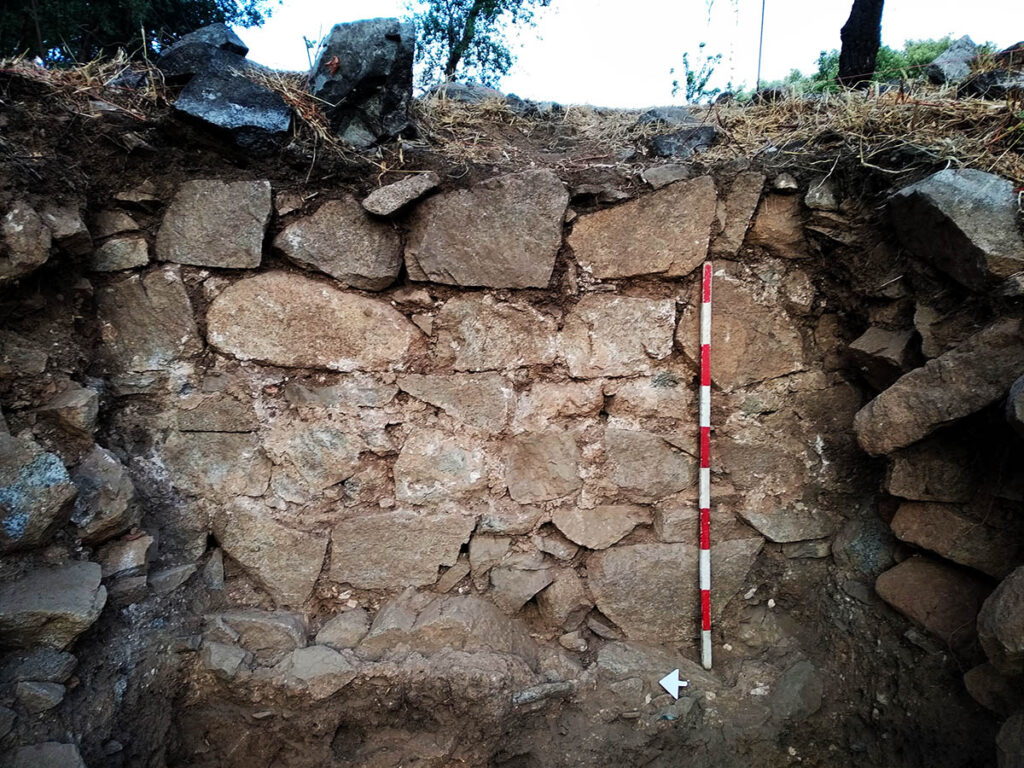
Rui André agrees: «from the moment the place gains its own identity and gains legs to walk, come the politician who comes, that remains».
The mayor, who confesses to a passion for archaeological heritage, stresses that it is “a place that, by nature, is attractive”, not only for archeology lovers, “but even in other aspects, such as hiking, geology”.
To start the project to enhance the hill of Castelo de Alferce, and after a month of archaeological excavations in an area of the walls and in the millenary cistern, the municipal archaeologist Fábio Capela announced that, for 2021, the intention is to «expose the entrance of the castle and a section of wall exposed». Even so that, whoever ventures up to the top, can see something of the castle advertised on the brown sign next to the road below.
Furthermore, after being “properly consolidated”, the cistern will also “be uncovered” and will be another element of interest for visitors.
Susana Gomez, professor and researcher at the University of Évora and at the Mértola Archaeological Field, stressed that this collaboration protocol with the Monchique Council is “the perfect symbiosis: we need to take [archeology] students out of the classroom and bring them back. them to the ground». But the fact that, for a few months a year, the village of Alferce is invaded by young people and their teachers «it is also very good for the land itself».
After signing the protocol, the small group went down to the municipal gallery, where bags and boxes with the materials collected in the excavations are kept. These are “bags and sacks” made of ceramic, for the most part. An archeology student at the University of Évora is now going to start studying these pieces, for his master's thesis. «There is a lot of material to study here, enough for many master's theses», comments Susana Gomez, holding a small ceramic fragment.
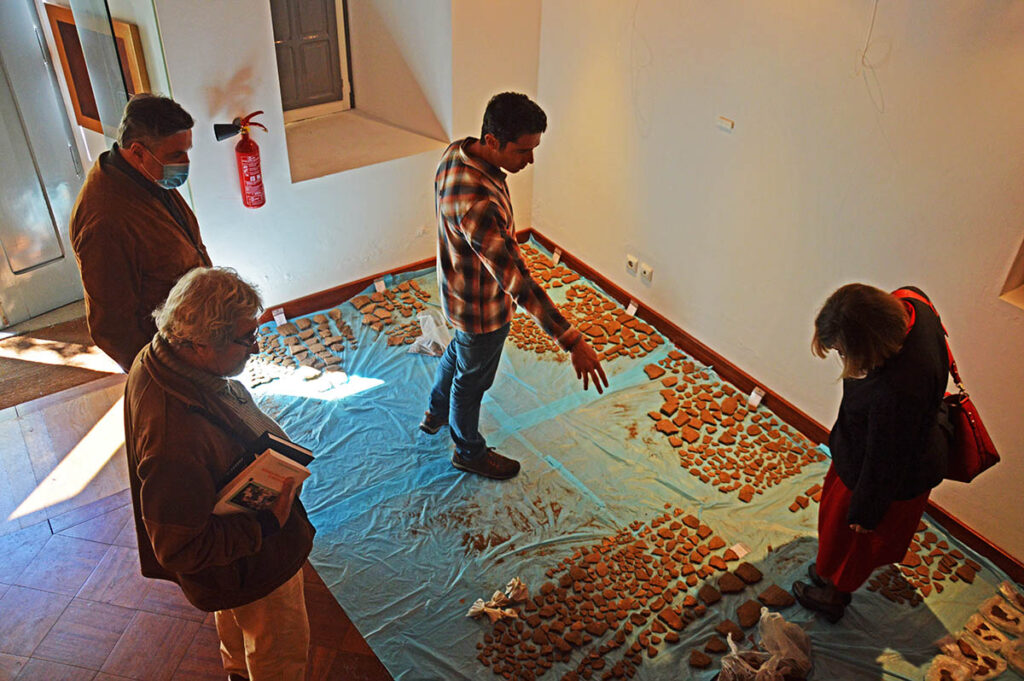
«From Recent Prehistory to Medieval Islamic: ancient human occupations on the Cerro do Castelo de Alferce» is the official name of the Pluriannual Archeology Research Project (PIPA), already approved by the Directorate-General for Cultural Heritage and which will last four years, until 2024.
It is promoted by the Municipality of Monchique, in partnership with the Universities of Algarve and Évora and the Archaeological Center of Mértola, with support from the Parish Council of Alferce.
The project brings together a multidisciplinary team, which involves researchers in the areas of archaeology, zooarchaeology, archaeobotany, archaeometry, history, geography, geology, as well as conservation and restoration.
When he speaks of Cerro do Castelo de Alferce, with its Islamic defensive system formed by three non-concentric walled enclosures, and where there are also traces of recent Prehistory (3rd-2nd millennium BC), Fábio Capela's eyes shine. It is with enthusiasm that, in front of a small attentive audience, made up of the mayor, archaeologists Cláudio Torres and Susana Gomez, and two journalists, he takes stock of what was discovered in this summer's excavations.
even for the Sul Informação, who he was there in a report at the beginning of September, there are interesting news. The main one has to do with the inscriptions found on the plaster of the cistern.
Some, more recent, made by pecking, have several symbols, some of them very curious. The municipal archaeologist stresses that they are going to resort "to an epigrapher, to interpret them." But these aren't even the most interesting. There are also Islamic inscriptions, “made by incision, when the mortar was fresh”. In other words, they were made when the cistern was being built, perhaps by its builders.
Fábio Capela shows images of the inscriptions, photographs taken at night with low light. «There are two cards, two rectangles with this Arabic script», he shows. Cláudio Torres wants to know if you already know what they say. “These inscriptions have not yet been deciphered”, answers Fábio. But they will, with the help of an expert. What message will have left the Moors who built this cistern more than a thousand years ago to store water there?
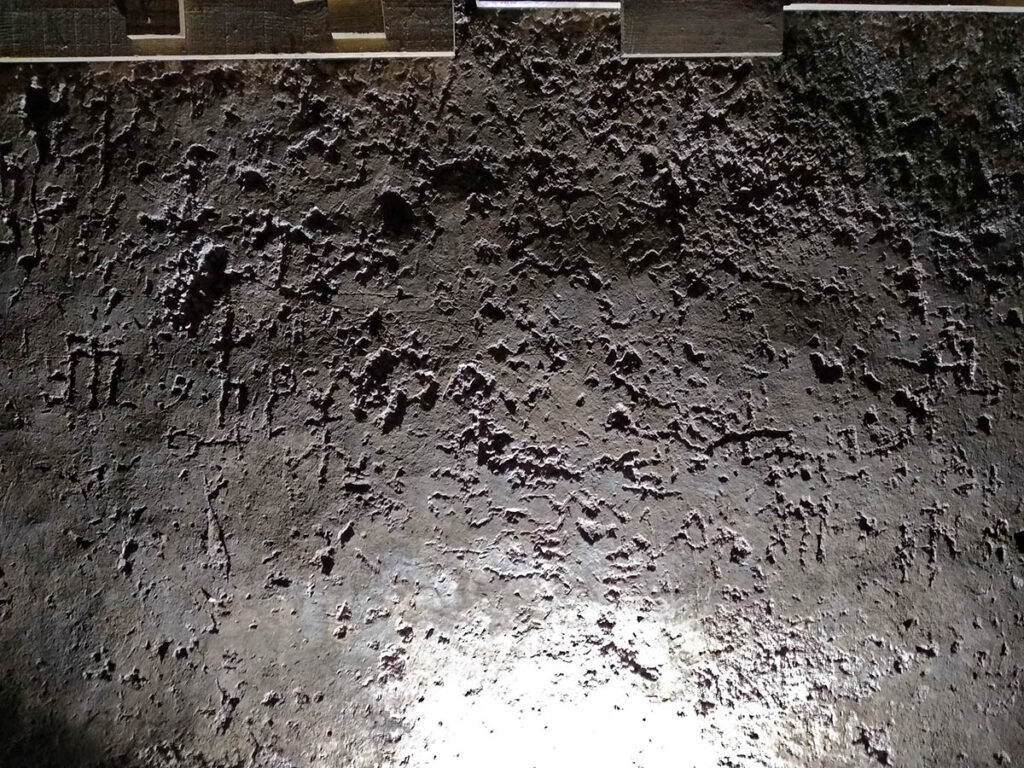
More than a cistern, it is a well…of surprises. On the wall of the stairs that give access to the interior, there is an inscribed date: 1879. The archaeologist Fábio Capela raises the hypothesis that, also in the XNUMXth century, but more in the beginning, the cistern was no longer used to collect water (the earthquakes over the centuries they left their destructive mark on the walls), but as a shelter. “The structure could have been used in the XNUMXth century, during the French Invasions or by the Remexido guerrillas”. Nearby, in Barranco do Demo, there is also a cave that tradition says was used by the famous Algarvian Miguelista guerrilla.
It should be clarified that, after being duly excavated, registered and collected all the data and artefacts found, the cistern was covered again, with geotextiles and earth, to ensure its conservation during the autumn and winter. As long as the monument's valorization does not progress, this is how it will remain.
But last summer's archaeological campaign also included a survey in a western section of the enclosure, picking up two walls: the interior (1,5th century), still 60 meters high, with a more regular stone structure and «mortar as a coating», and a second wall (XNUMXth century), exterior, in dry stone, without mortar, with 'a preserved height of XNUMX centimeters'.
Between the two walls, as Sul Informação told in September, archaeologists found a wall, which Fábio Capela says was «perhaps a housing structure, because it has clay pavement».
Here, in the dumps that are the joy of archaeologists (and beyond), abundant remains of the fauna that were consumed by the inhabitants of that time were found: clam shells, fish bones, goat bones, cows, deer, wild boar, rabbit .
From the point of view of the artefacts, many fragments of pottery were collected (from pans, pots, some bowls, the remains of a candlestick).
In between, but certainly mixed in later times, much older traces, from Prehistory, such as a flint arrowhead, the small piece of a clay cheese bowl and a small knife, also in stone.
Fábio Capela no longer has many doubts that the outermost precinct is older, perhaps “built by a group of ninth-century rebels” who came here in search of refuge, and the inner precinct is “a fortress that belongs to most recent construction'.
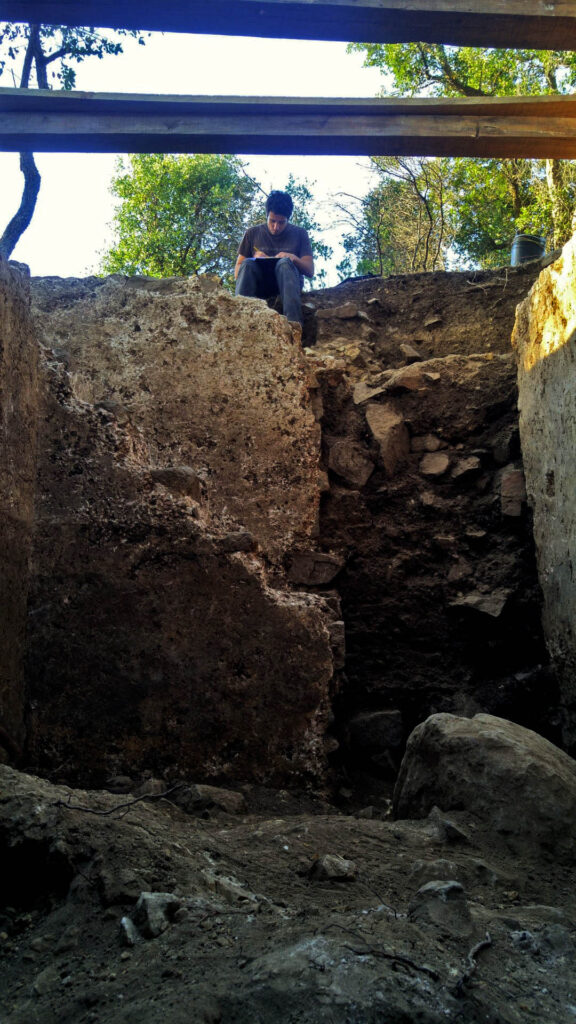
Cláudio Torres, used to interpreting what would be the landscapes and experiences of these Moors, stresses that this is “a very common type of village here in the South”.
The hill of Castelo de Alferce, this «dominating ridge», «due to its situation, also had a certain connection to the sea» and was supposed to perform the functions of «regional control post». "It's a place with a fantastic landscape, perhaps temporarily occupied", adds the archaeologist dean, and then says: "we are still at the beginning of the investigation".
«The Algarve mountains served as a barrier to the expansion of feudalism, which took over the entire Alentejo. Here there were small landowners, small gardens, a world very different from the plain. Here there were no great lords, landlords. The mountain is poor, it's cattle, it's not very interesting to come and attack. The coast is rich, full of activity and commerce. This mountain range, in the middle of this Iberian south, is very conservative. The mountains are different, here they are the same for generations and generations, people who hid in the valleys, with their cattle», explains Cláudio Torres.
For the archaeologist, «the mountain is very conservative, it maintains traditions and habits». For this reason, he stresses, “it is a very interesting area from the point of view of research”.
Rui André, who listens very carefully to what Cláudio Torres says, concludes: «things are appearing that question us a lot, that indicate that the occupation of that space is much earlier. And it will be very interesting to understand how the people of that time lived in this territory».
For, adds the mayor, making a bridge with the present, “in Monchique we are at a stage where it is necessary to understand and rebuild the relationship between man and nature, because it may be the only way to stop the fires that ravage us. ». Who knows the lessons that Monchiquenses of today will be able to learn from the Monchiquenses of more than a thousand years ago?
Photos: Elisabete Rodrigues | Sul Informação and Fábio Capela | DR
Help us to do the Sul Informação!
Contribute your donation so that we can continue to make your journal!
Click here to support us (Paypal)
Or use our IBAN PT50 0018 0003 38929600020 44
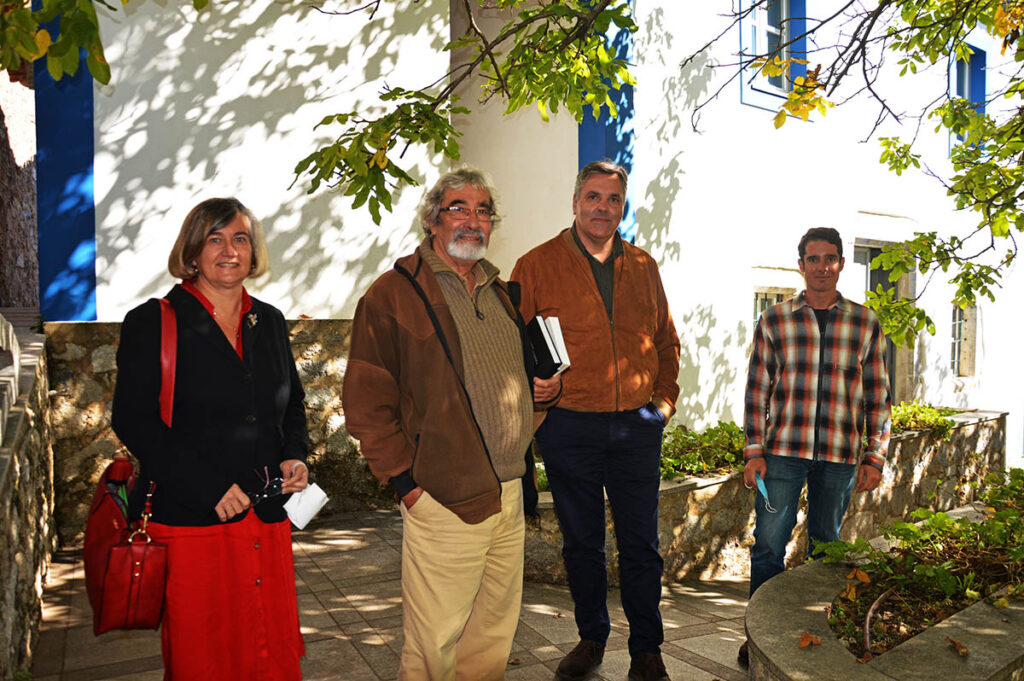
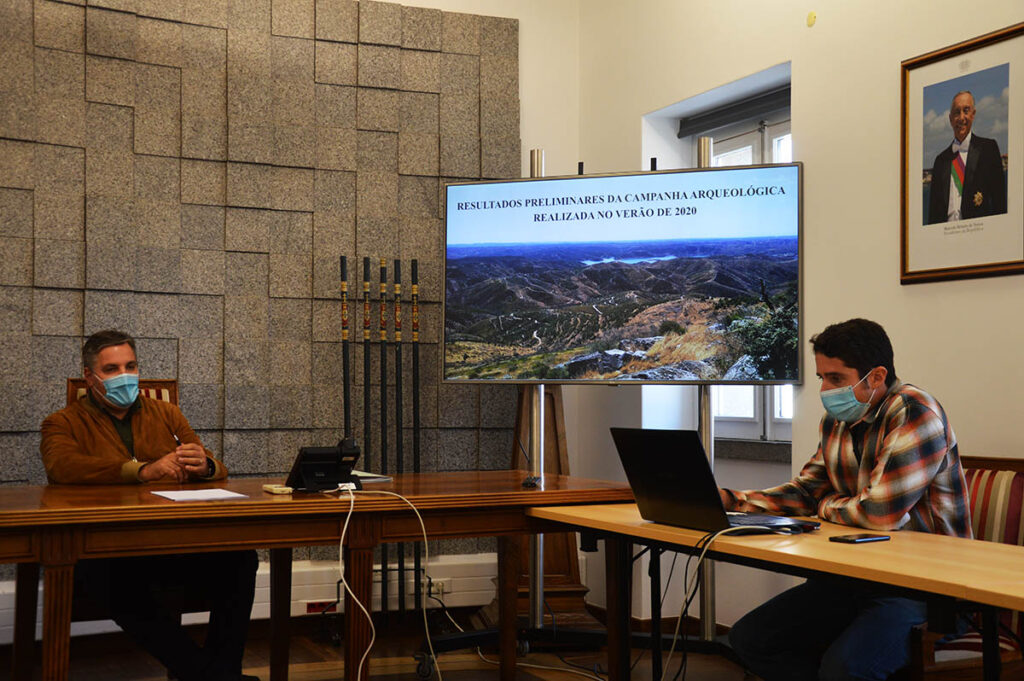
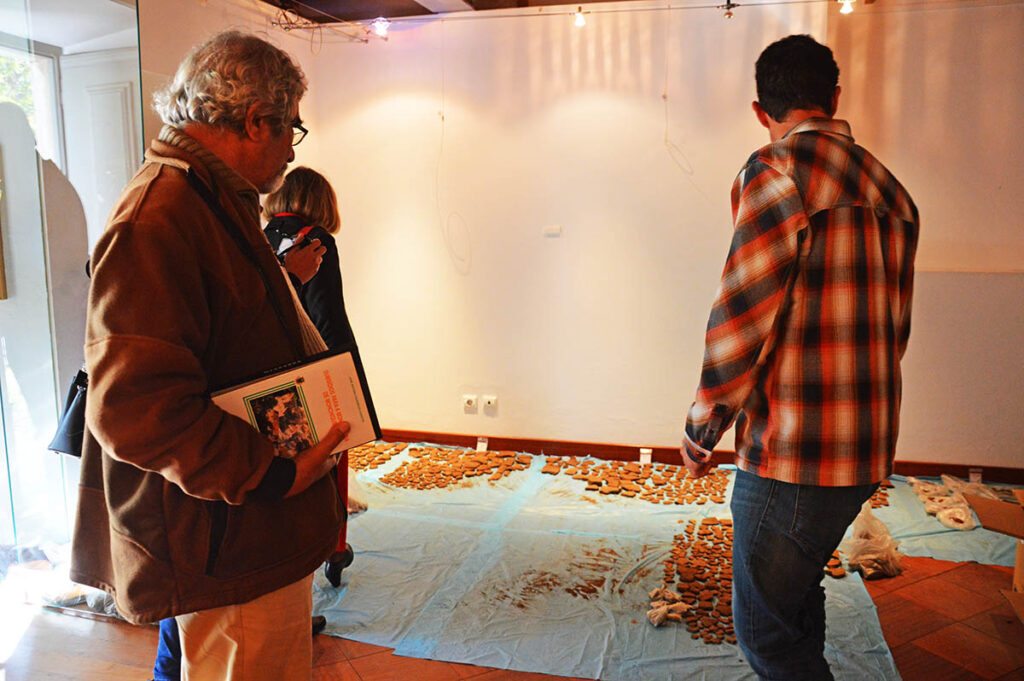

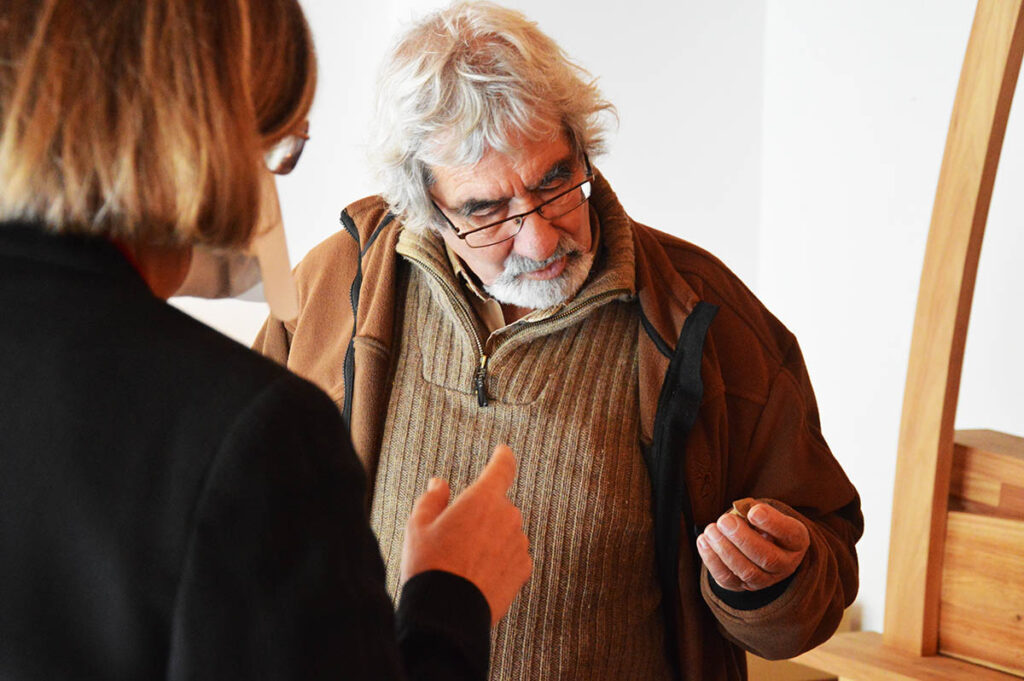
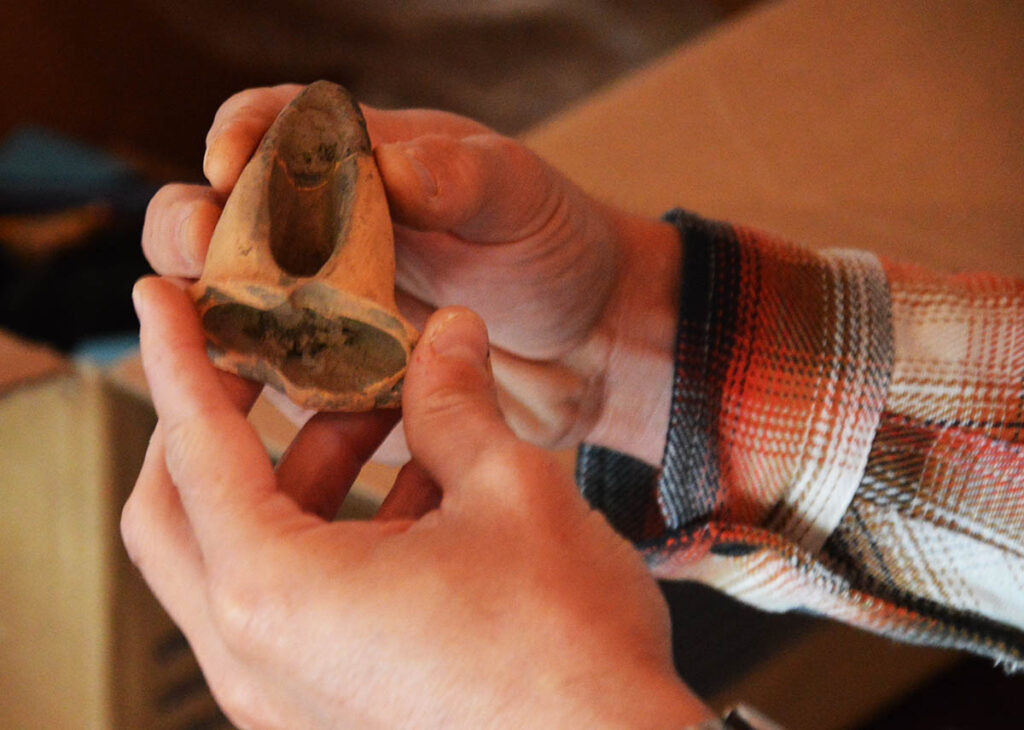
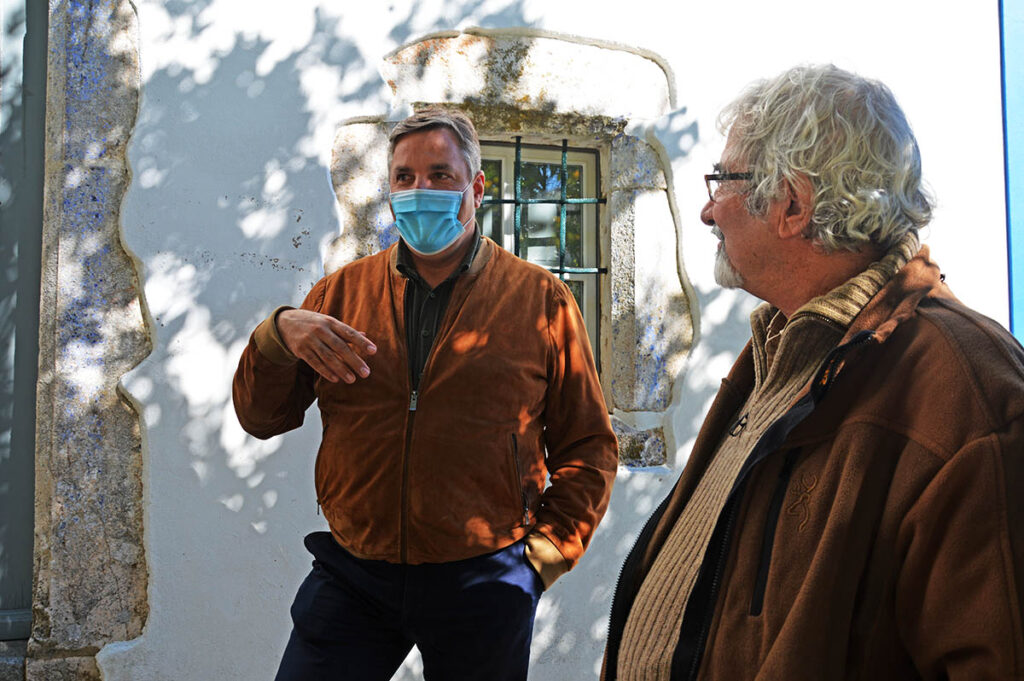
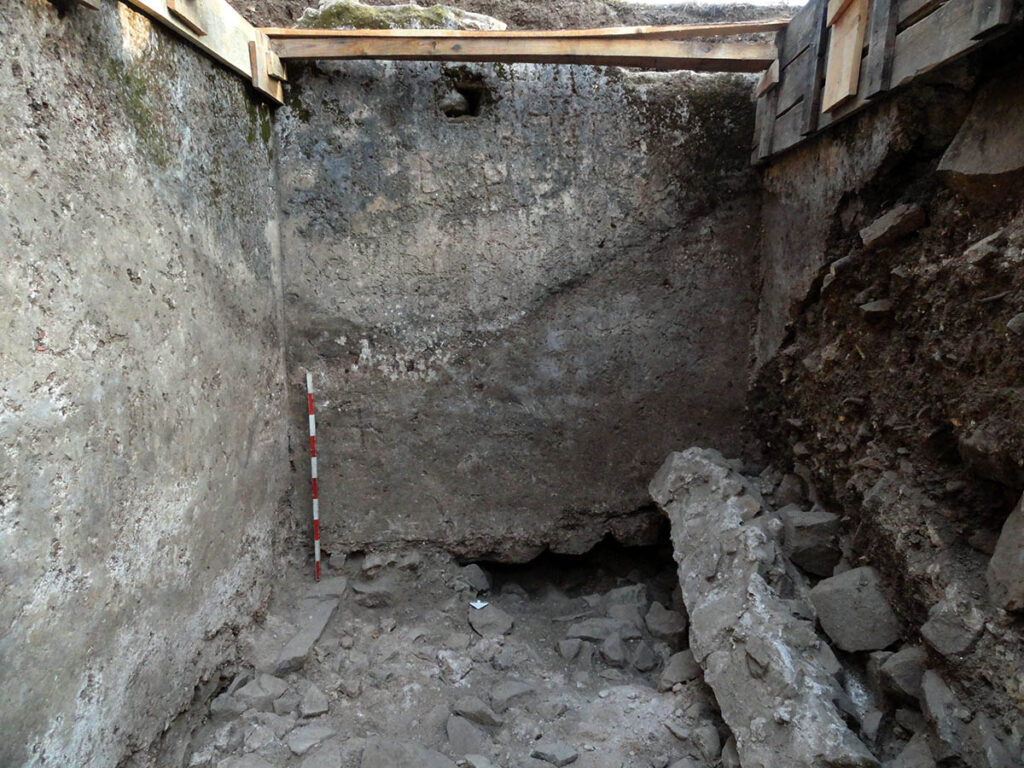
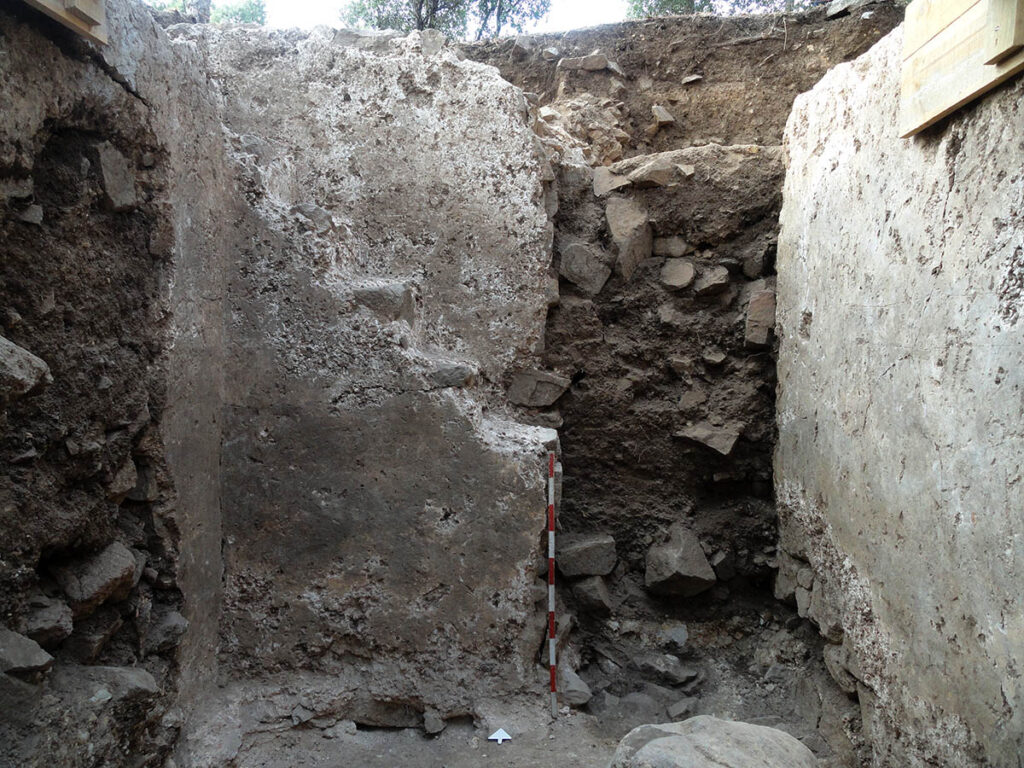
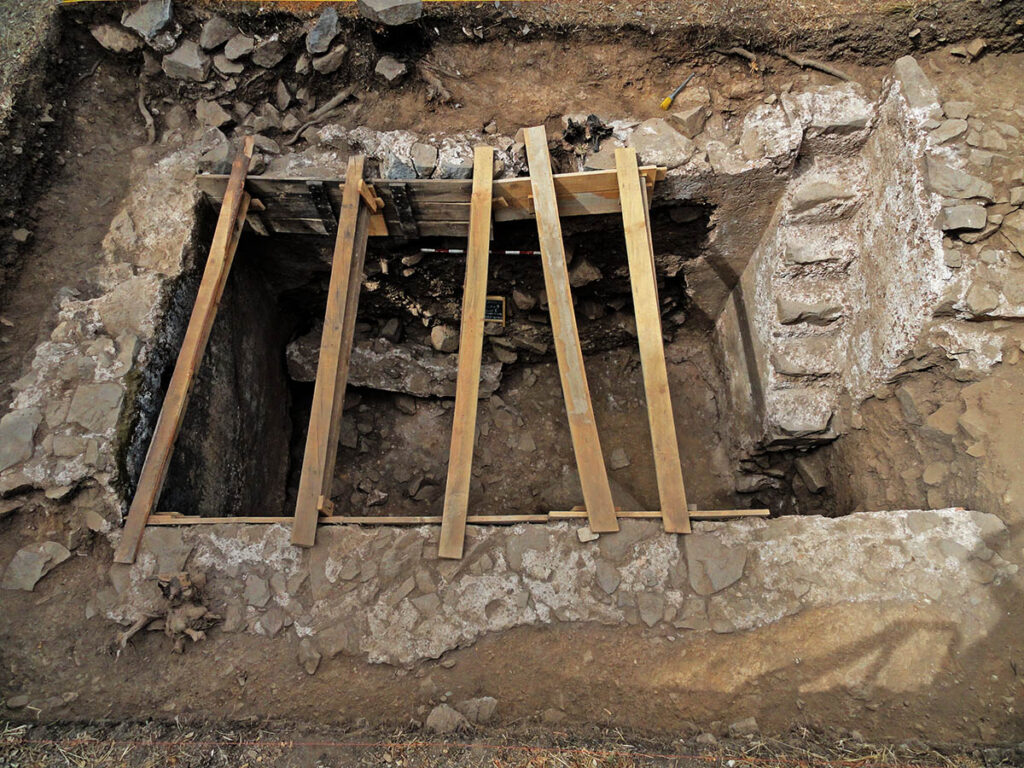
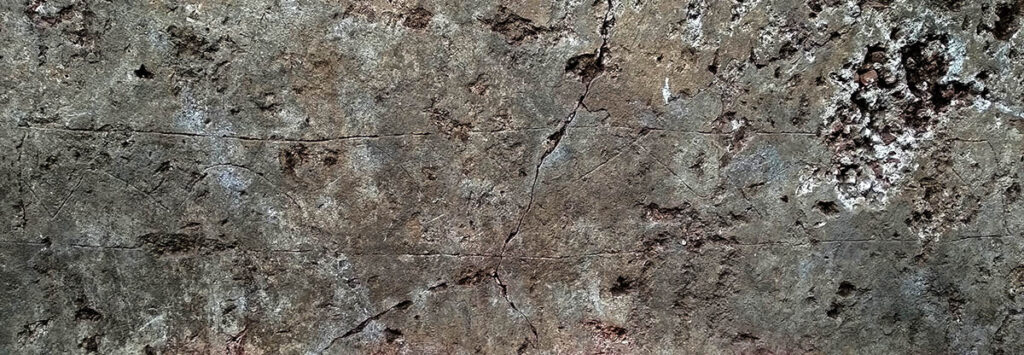
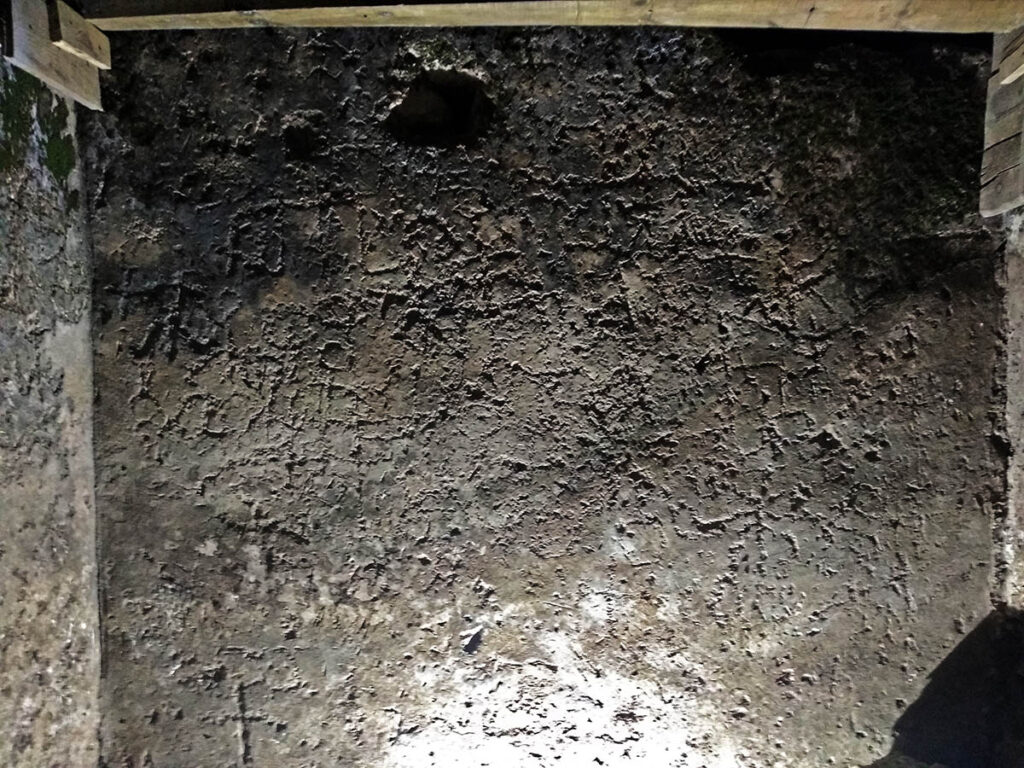
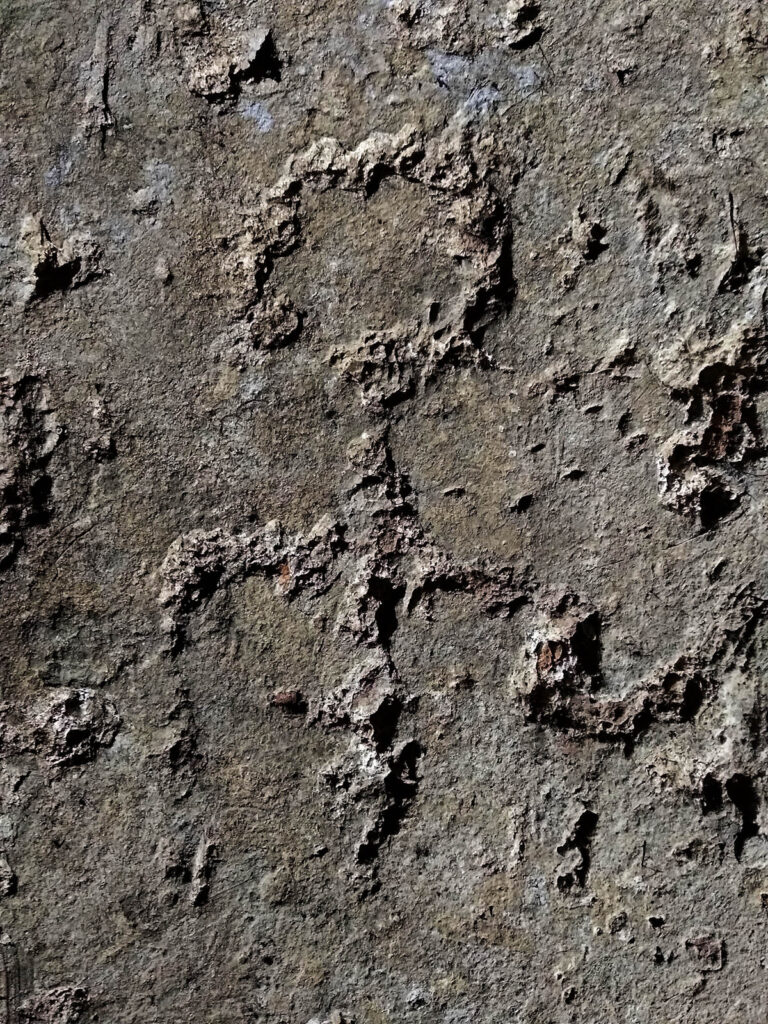
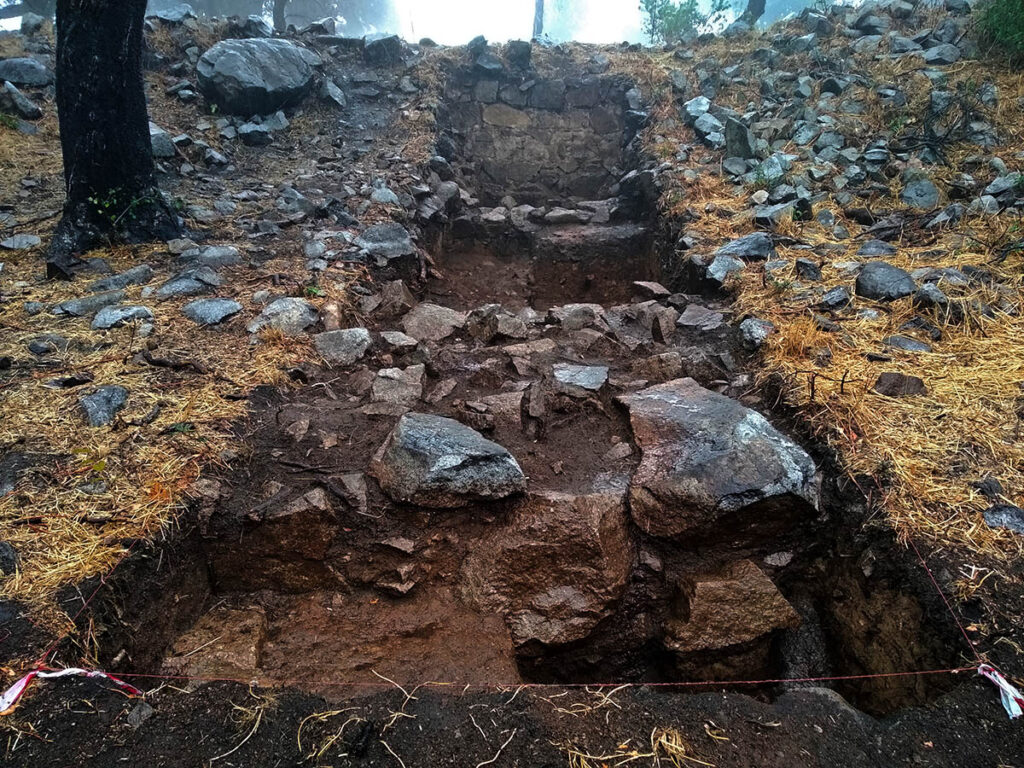
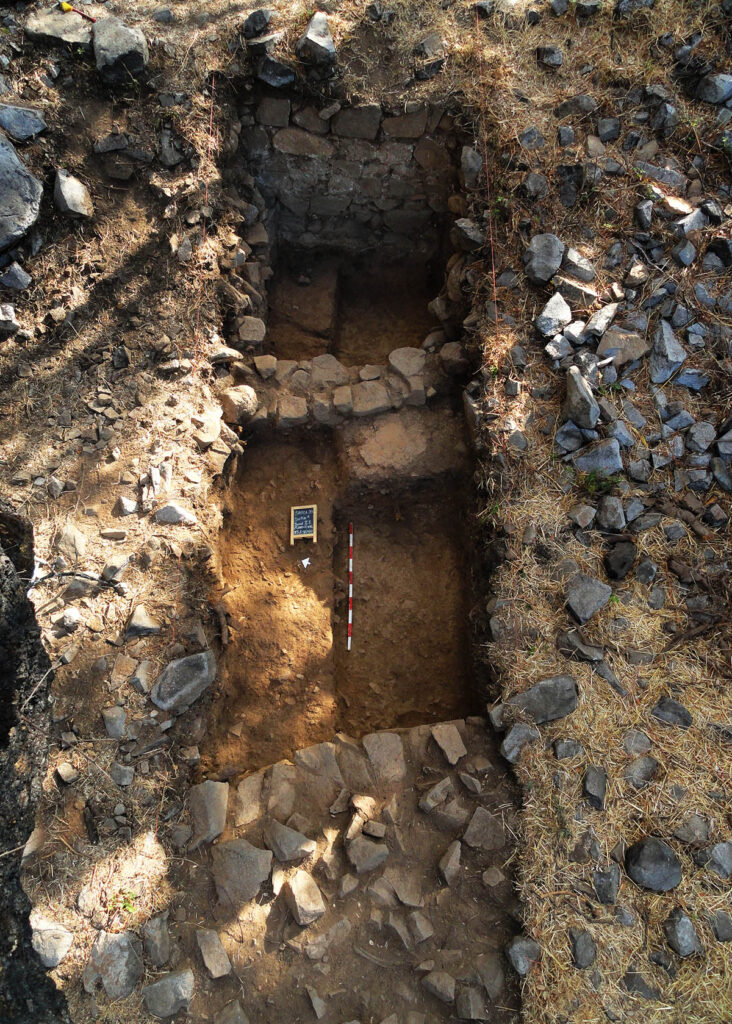
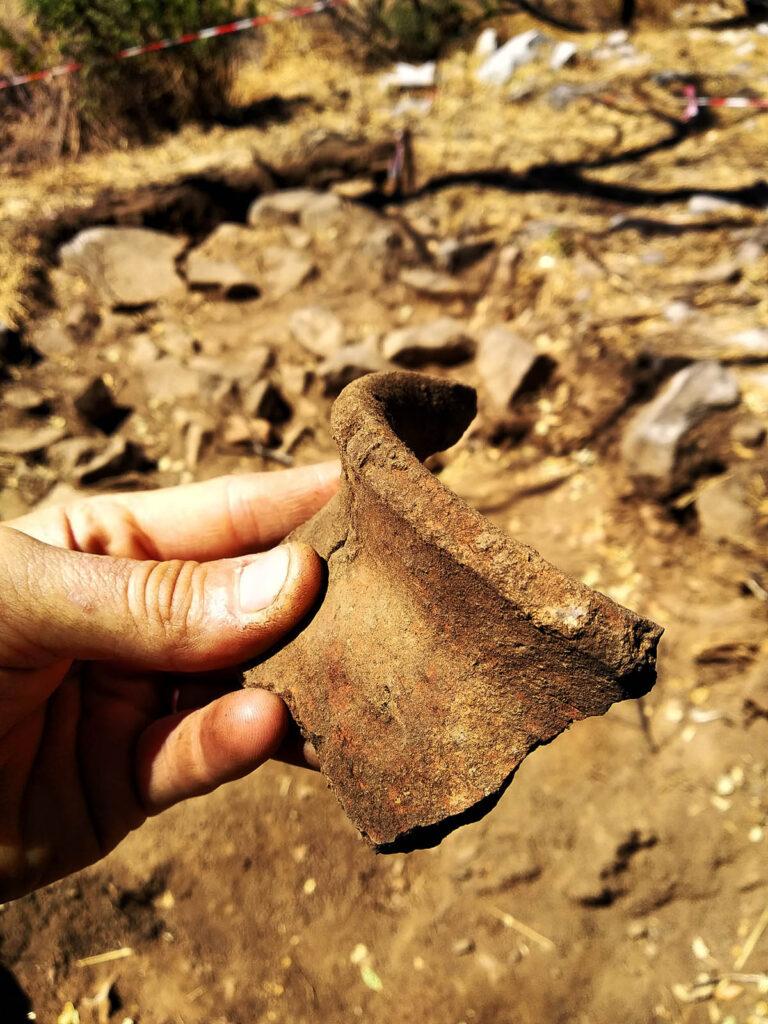
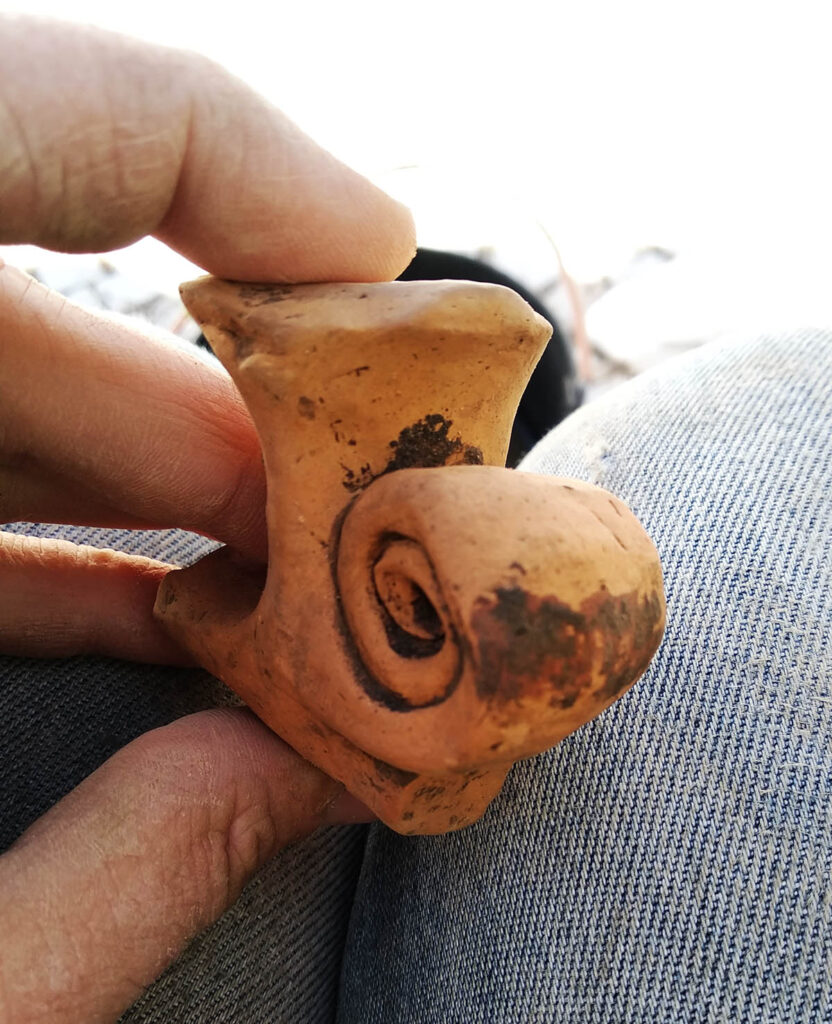
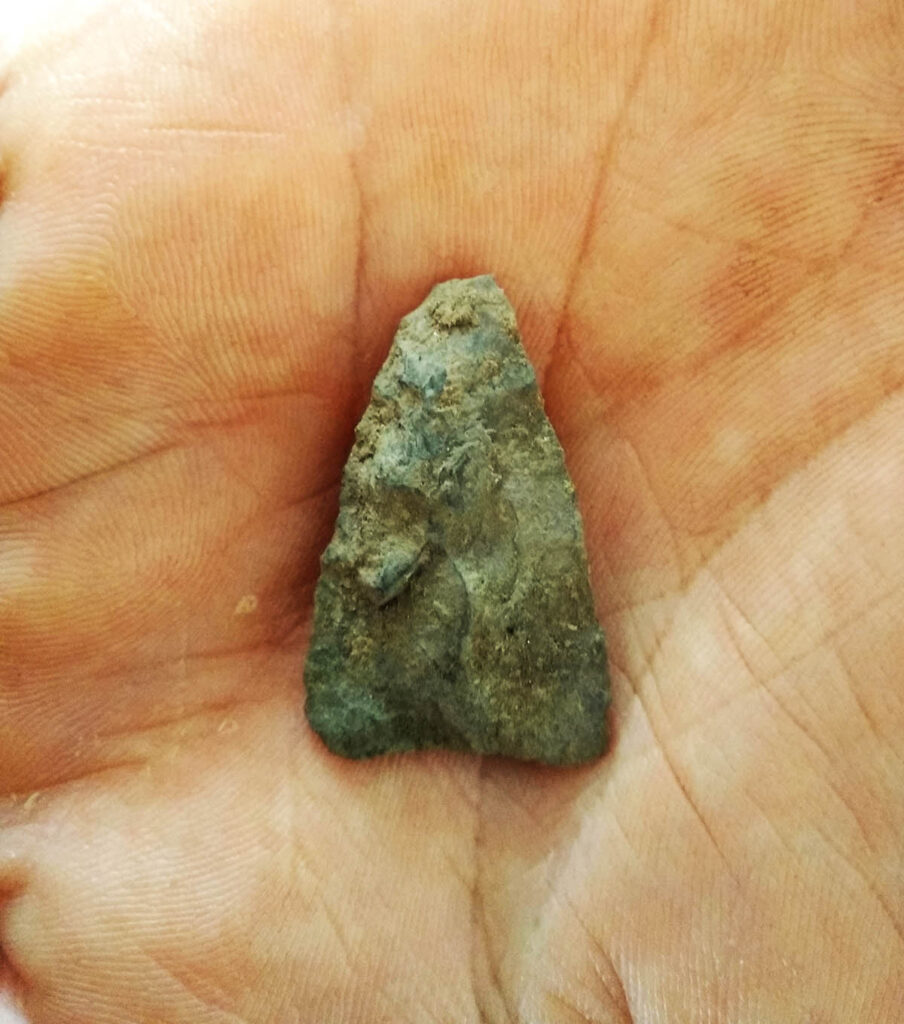
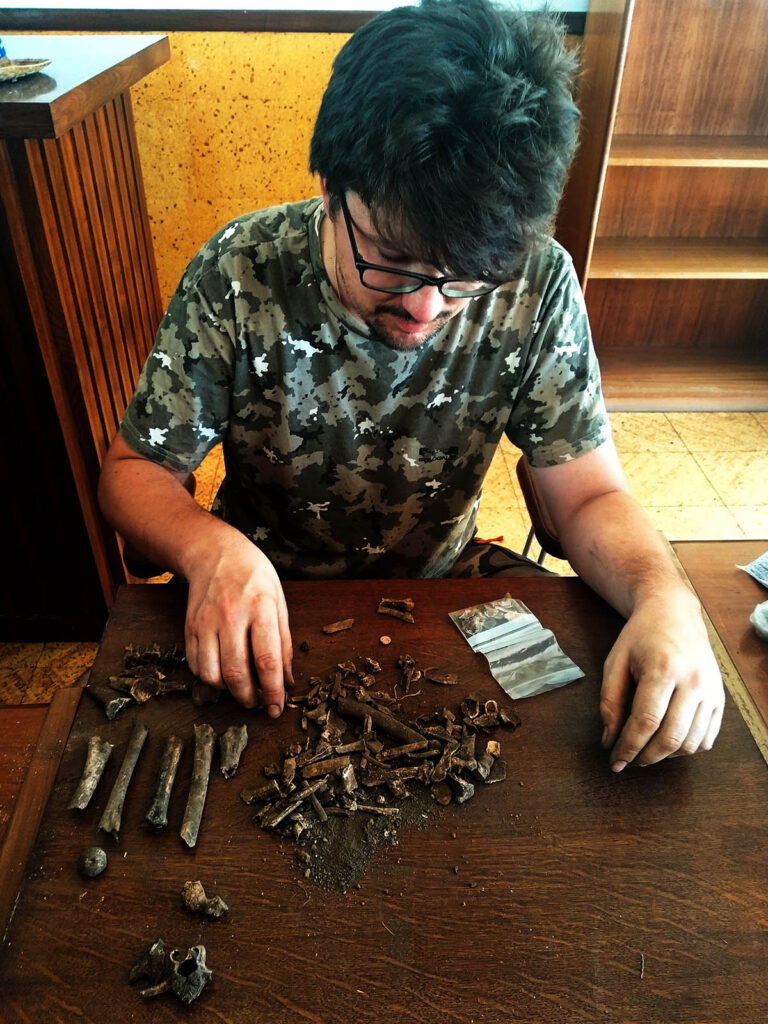
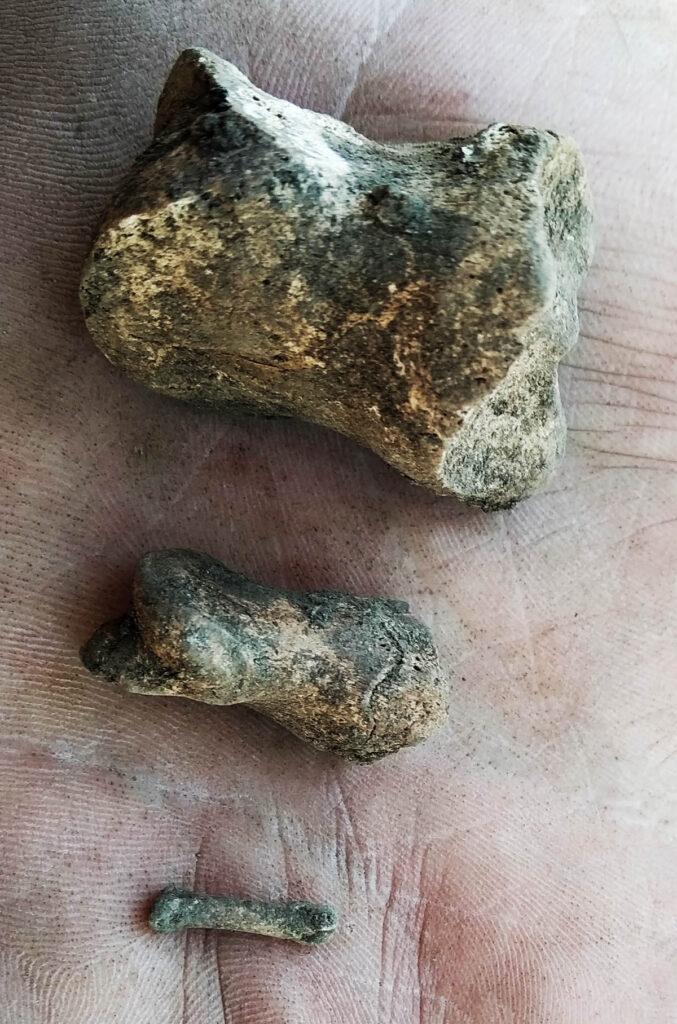


















Comments